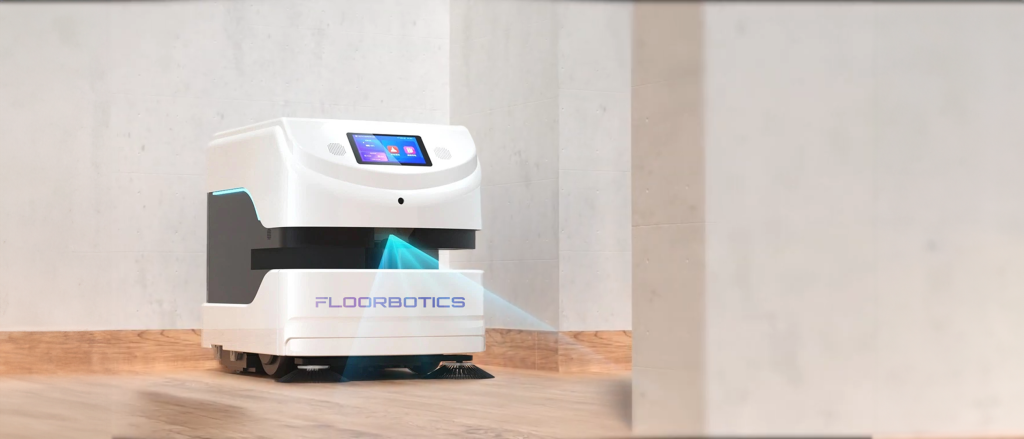Industrial cleaning has entered a new phase where automation and intelligence drive efficiency. Autonomous cleaning machines are now a familiar sight across factories, warehouses and large commercial spaces, performing routine cleaning with precision and reliability.
The Shift from Manual Cleaning to Automation
In the past, large facilities depended on manual cleaning teams to manage dust, debris and spills. This required constant supervision and significant labour hours. Today’s robotic cleaning systems can clean independently using sensors, LiDAR mapping and AI navigation, maintaining surfaces consistently without human intervention.

These machines analyse their surroundings, plan cleaning paths and adapt to different floor types. Once tasks are completed, they automatically return to their docking stations to recharge, refill or drain water, ensuring uninterrupted operation.
Key Advantages of Automated Industrial Cleaning
| Benefit | Description |
|---|---|
| Consistency | Each cleaning cycle follows an exact programmed route, removing the variation caused by manual work. |
| Operational Efficiency | Machines work continuously during off-hours, keeping production areas ready for the next shift. |
| Data Visibility | Integrated cloud management allows supervisors to monitor cleaning history, coverage and performance in real time. |
| Safety and Hygiene | Collision sensors, controlled water use and optional disinfection functions reduce risks in sensitive environments. |
Industrial robots can cover thousands of square metres per hour depending on facility layout and cleaning mode. In manufacturing zones, automated sweepers remove fine dust that manual equipment often misses. In commercial buildings, scrubber robots maintain polished floors without interrupting foot traffic.
Smarter Cleaning Through Connectivity
Modern autonomous cleaning machines are connected through cloud platforms where each unit reports its route, battery level and progress. Facility managers can plan multiple cleaning schedules, assign different zones and even coordinate fleets working on separate floors.

This connectivity transforms cleaning from a repetitive task into a managed, measurable process. Trends in usage data can reveal areas that require more frequent attention or help adjust labour deployment more effectively.
Real-World Value Across Industries

- Healthcare facilities: Maintain cleanliness in wards and corridors with minimal human contact.
- Retail and shopping centres: Operate safely around visitors with quiet motors and smart navigation.
- Warehouses and factories: Handle heavy dust and wide spaces without downtime.
- Commercial buildings: Support consistent floor care for office complexes and shared facilities.
- Hospitality and transport hubs: Keep high-traffic areas spotless while reducing manual workloads.
What This Means for the Future

Automation in cleaning is no longer experimental. It’s an integral part of facility operations. As autonomous cleaning technology continues to evolve, robots will become more adaptive, energy-efficient and easier to manage remotely.
For industrial and commercial managers, the value lies not only in reduced labour costs but also in a data-driven approach to hygiene, ensuring that cleanliness becomes measurable, predictable and continuous.
Q&A Section
Q1. How do autonomous cleaning machines improve industrial efficiency?
They work independently during and after business hours, maintaining cleanliness without interrupting production or requiring additional staff.
Q2. Are these machines suitable for complex industrial layouts?
Yes. Modern models use laser mapping and real-time sensors to navigate narrow aisles, obstacles and changing layouts safely.
Q3. What kind of data can facility managers track from cleaning robots?
Managers can review cleaning routes, frequency, energy usage and performance logs through cloud dashboards, improving scheduling and planning.
Q4. How do autonomous systems contribute to workplace safety?
They reduce exposure to wet floors and repetitive manual tasks, lowering injury risks while maintaining a cleaner, safer working environment.

